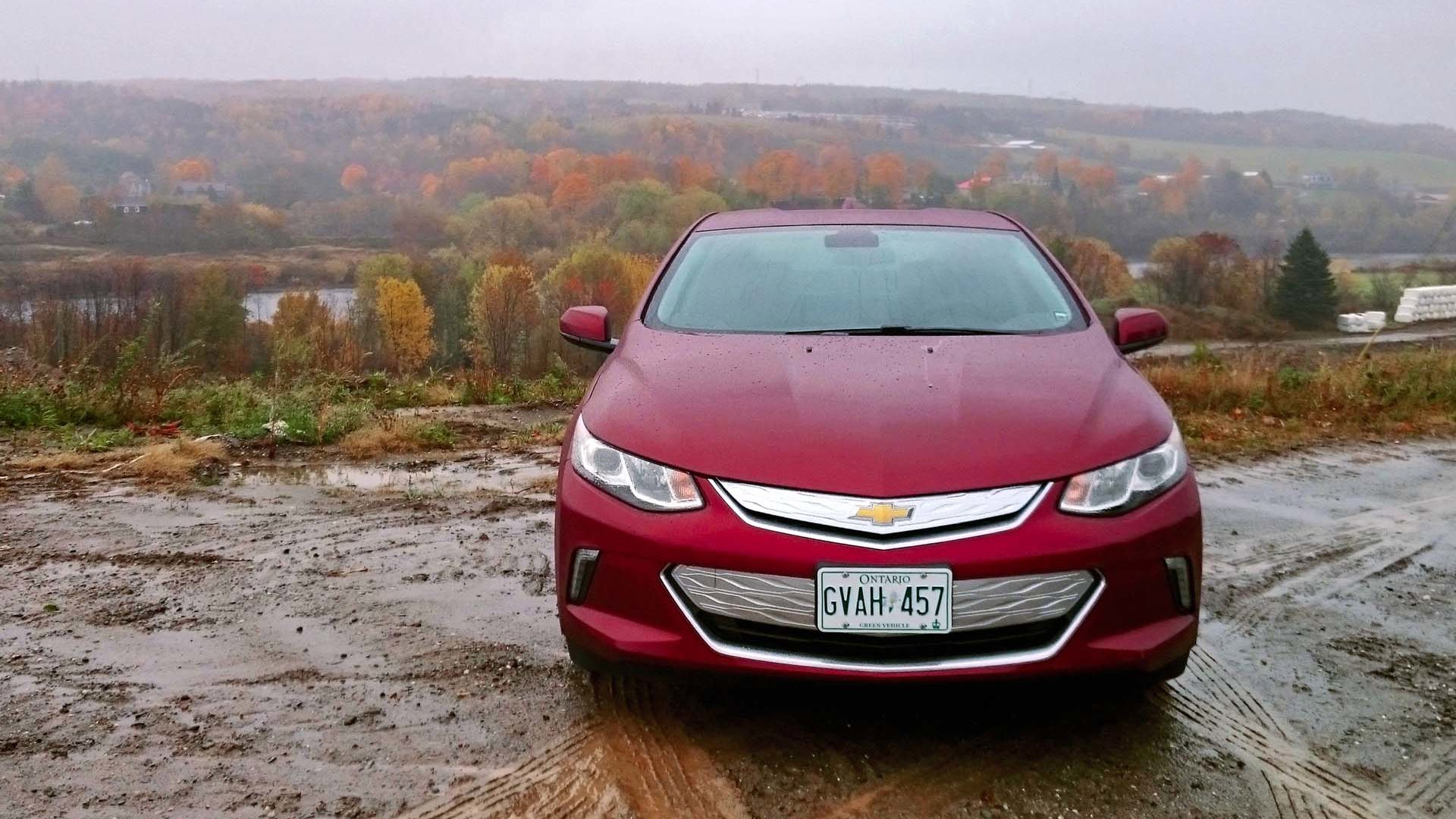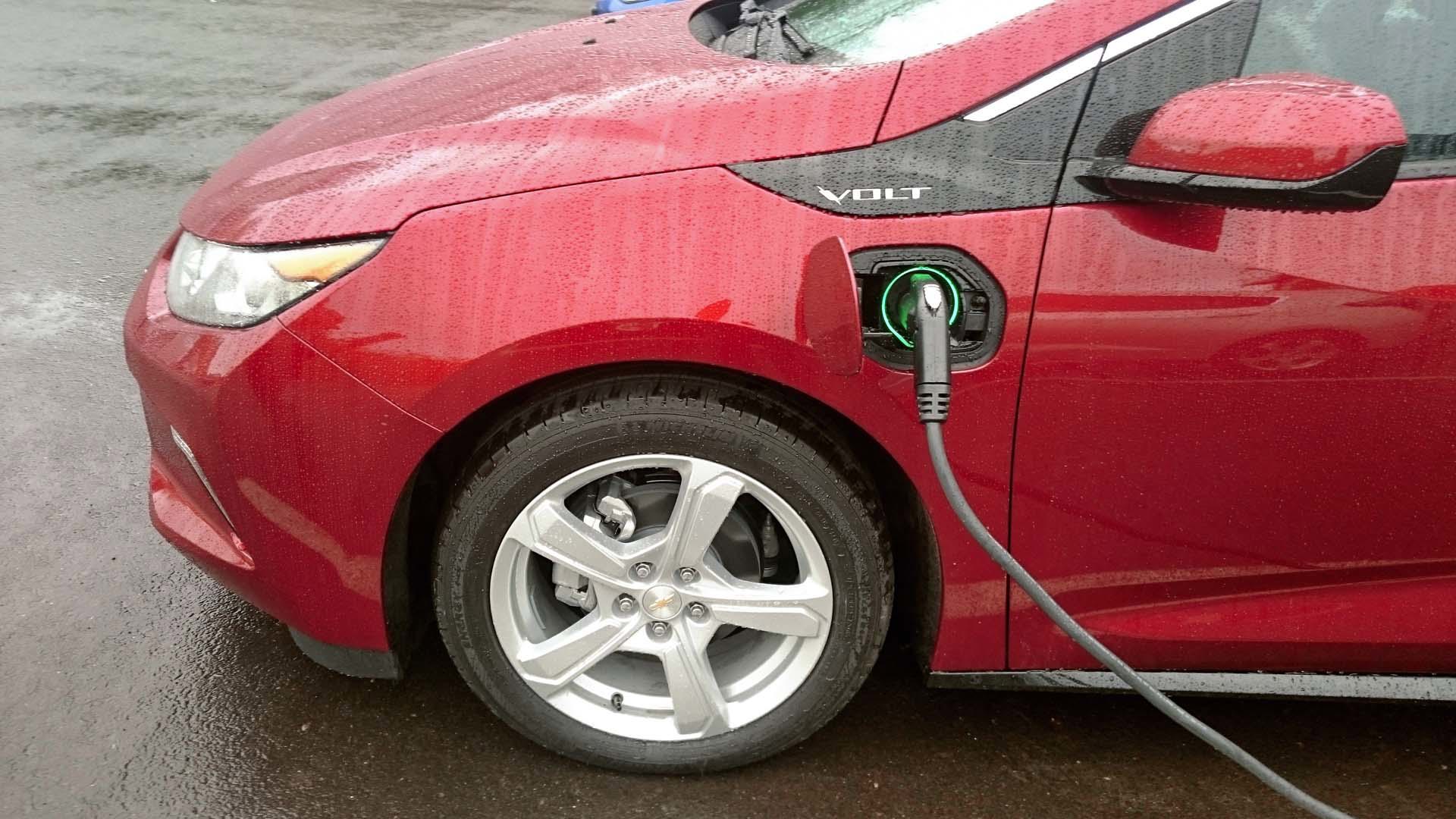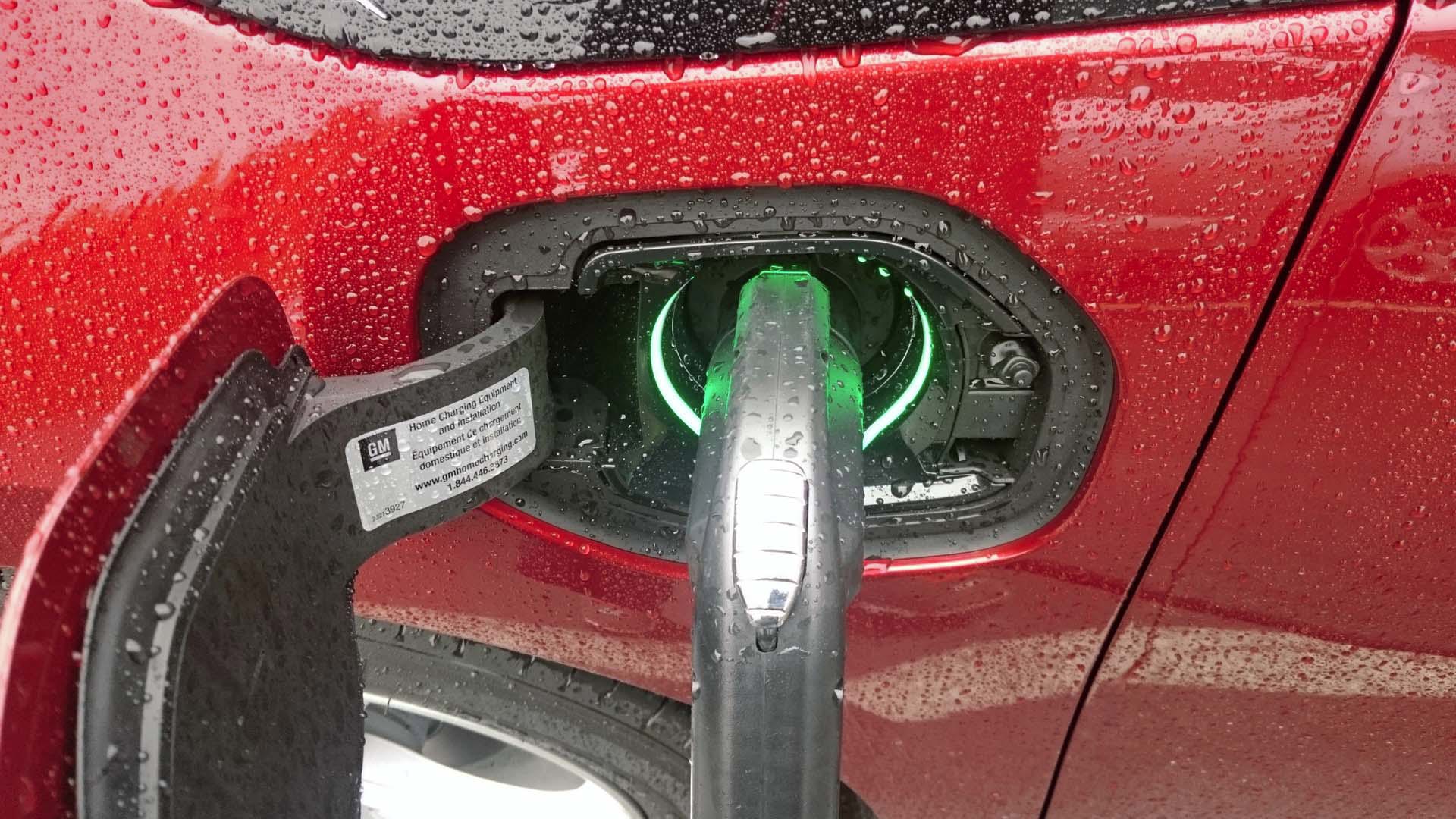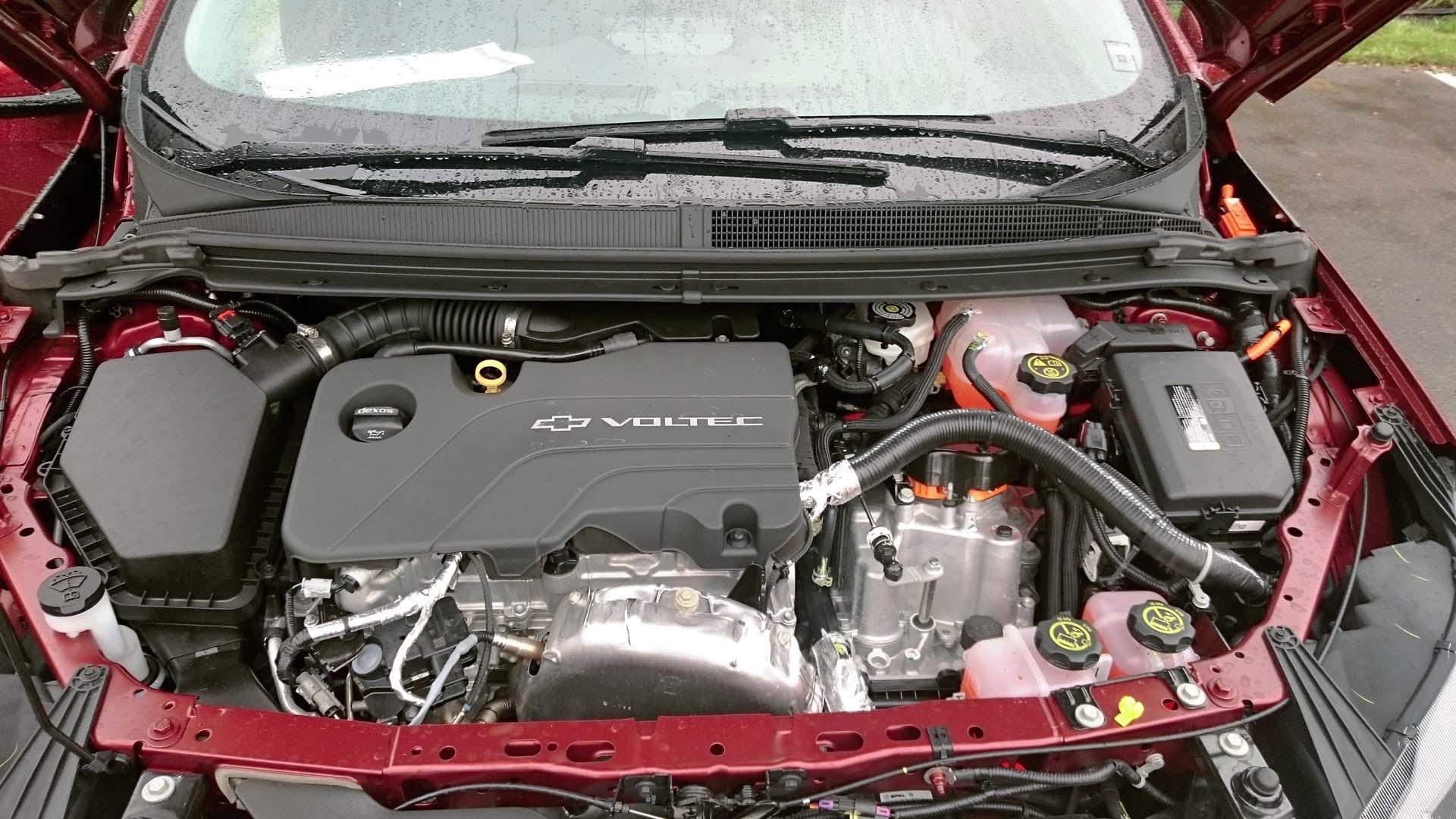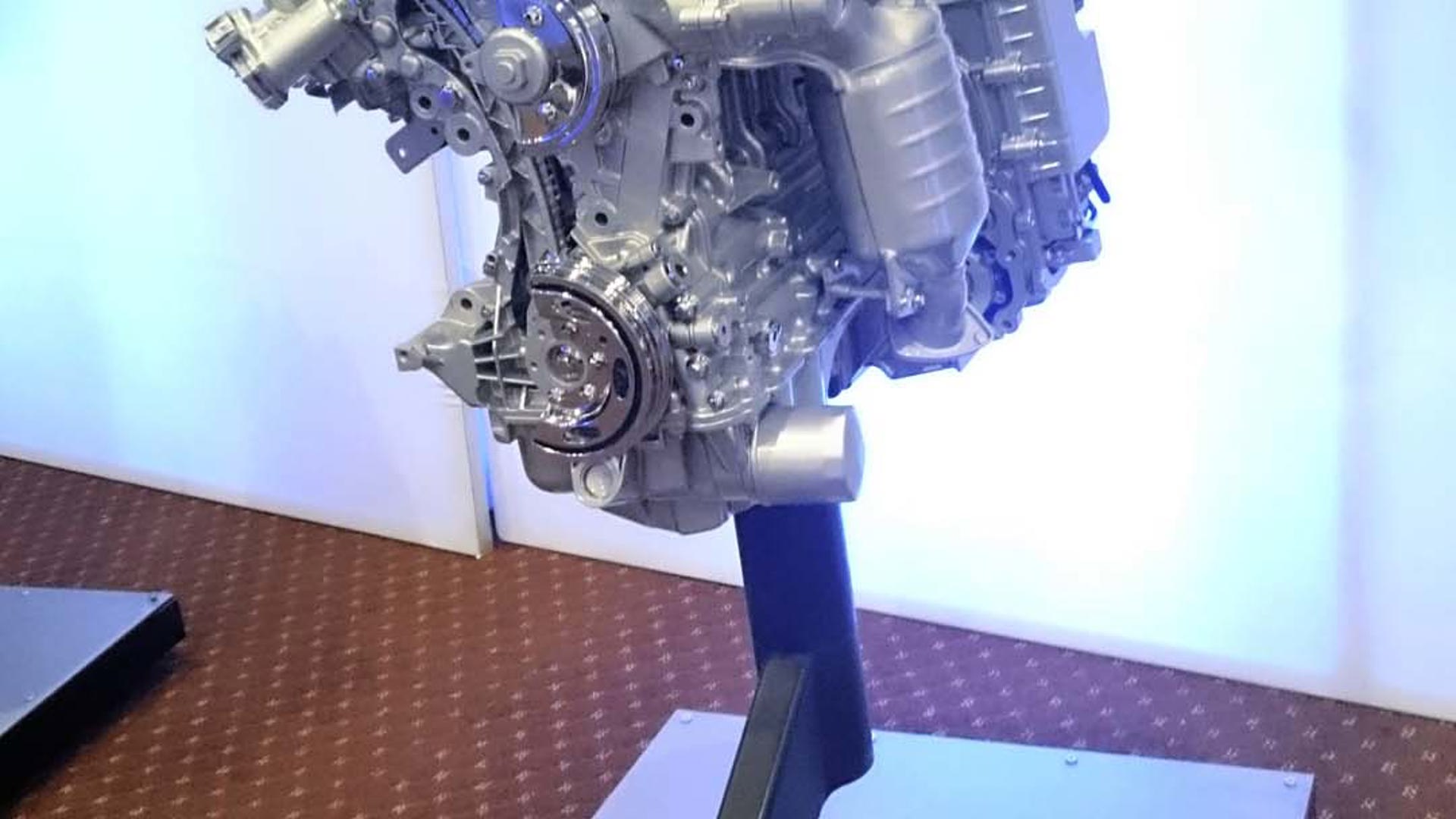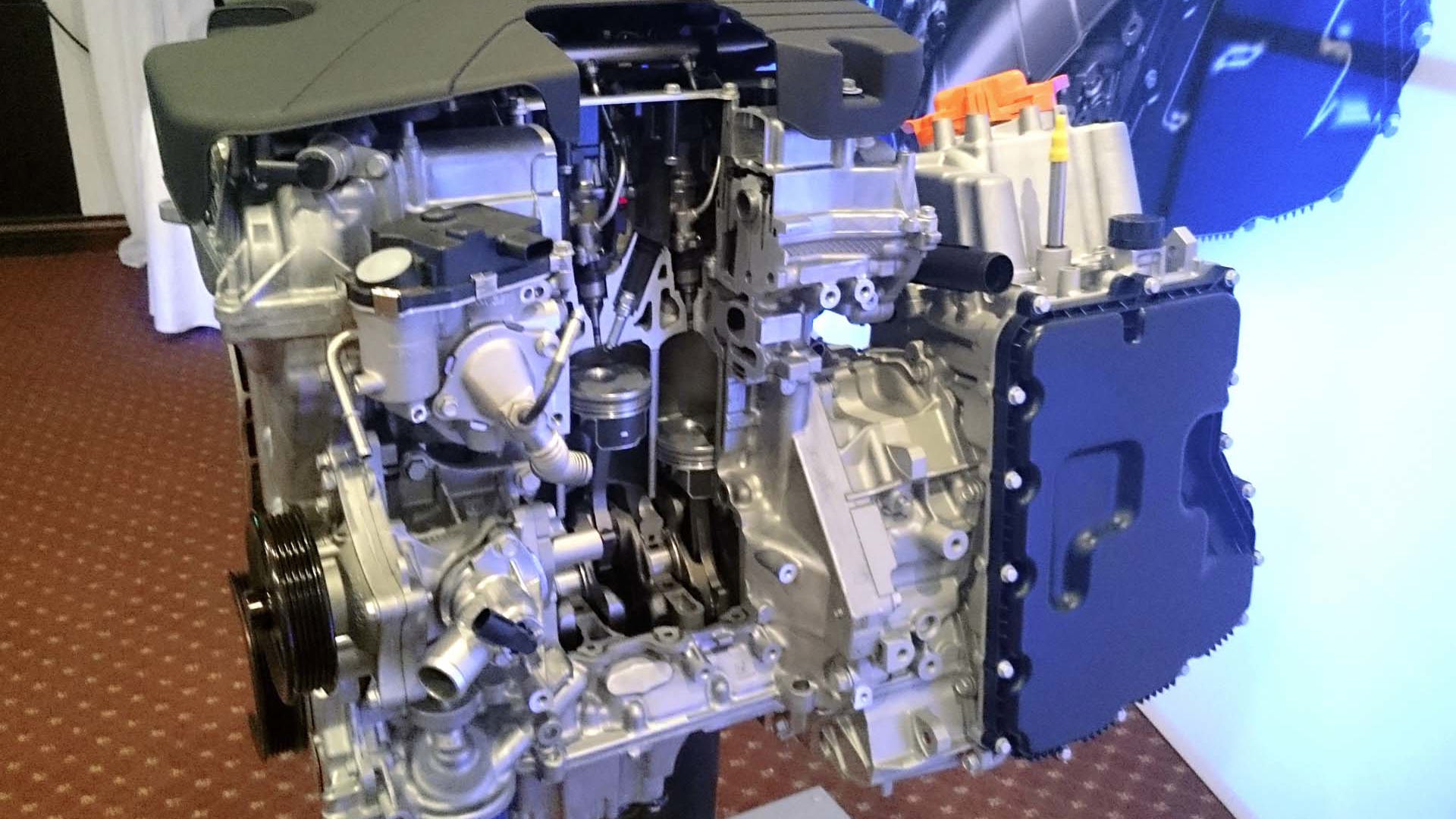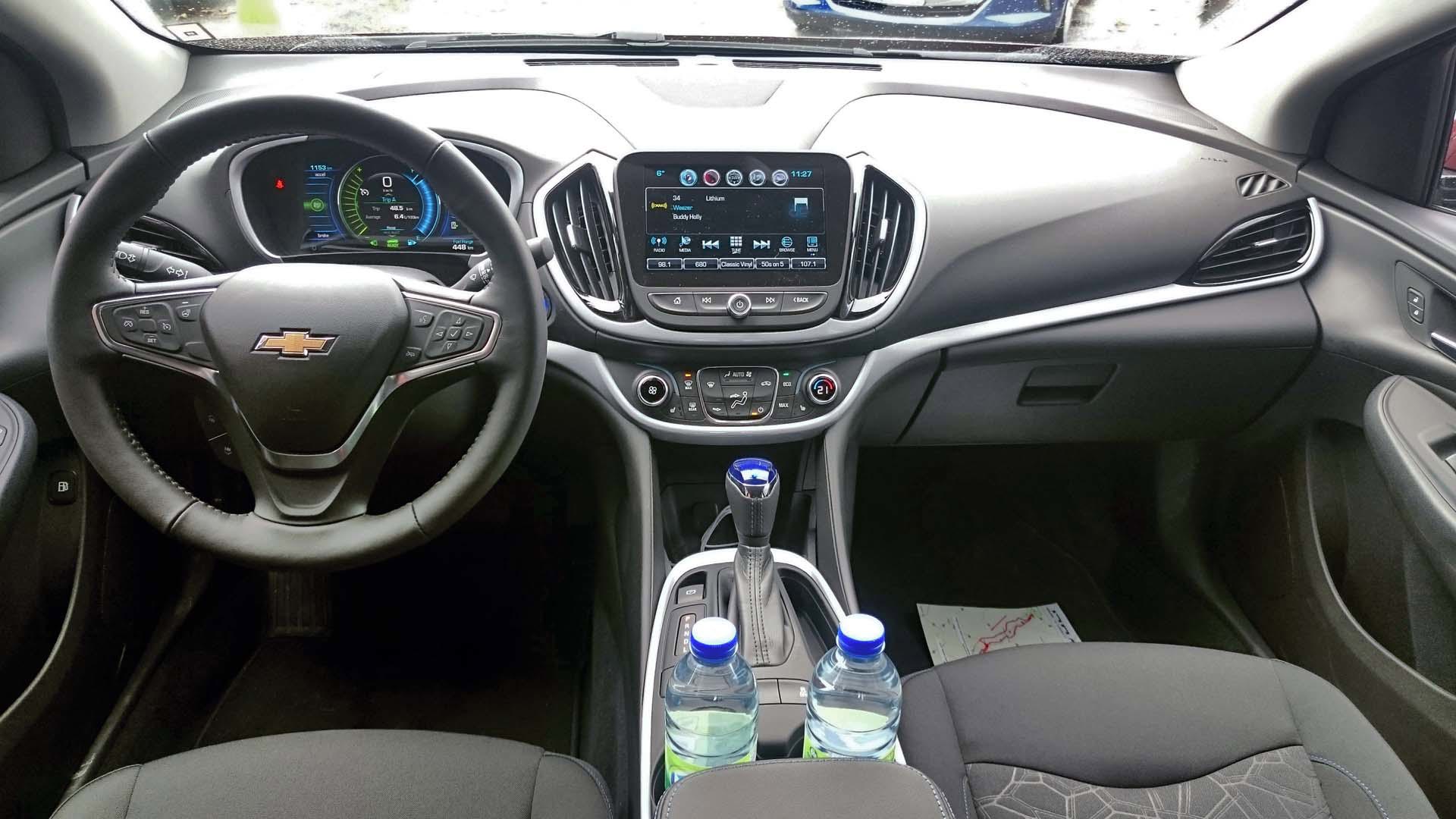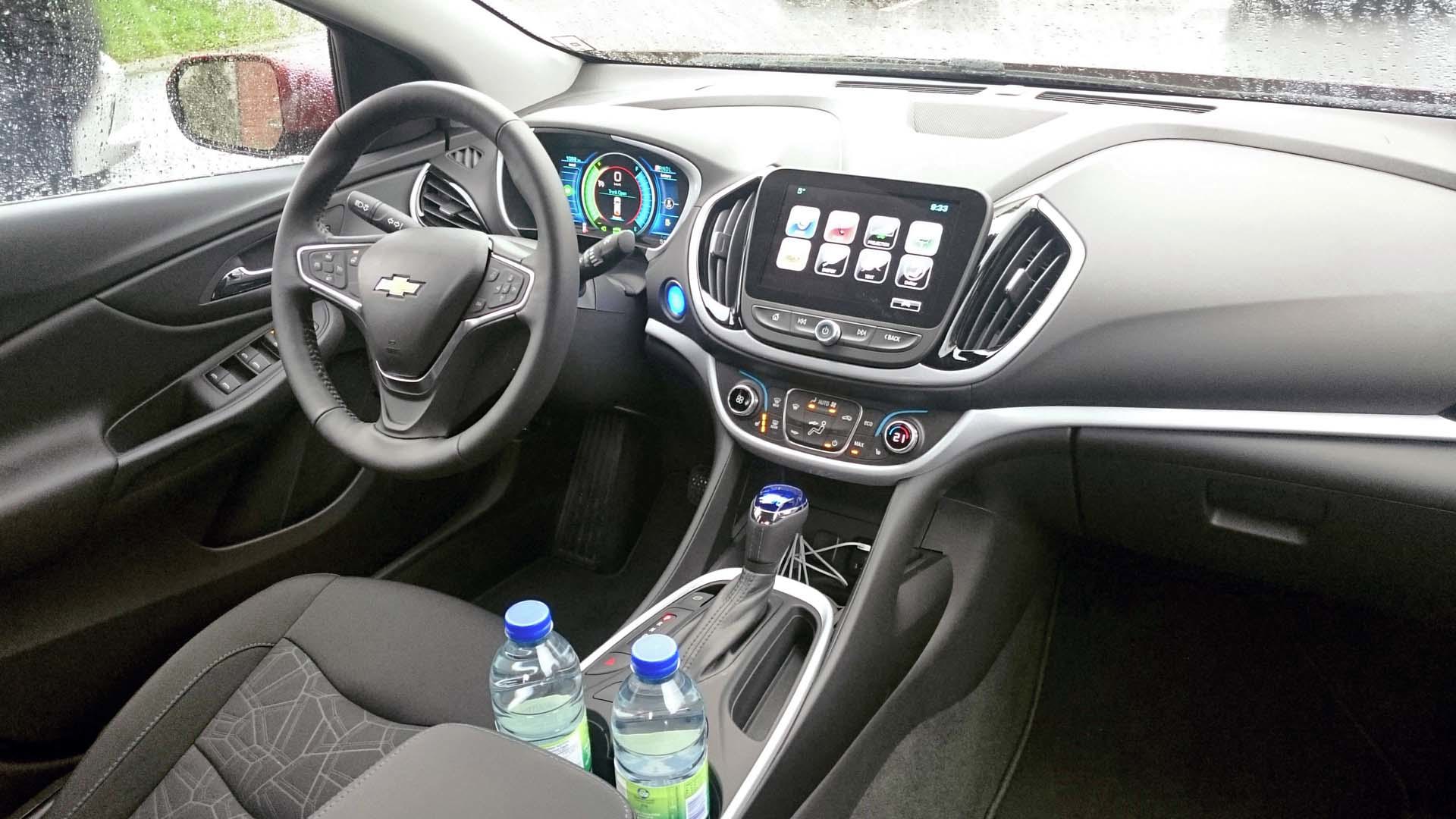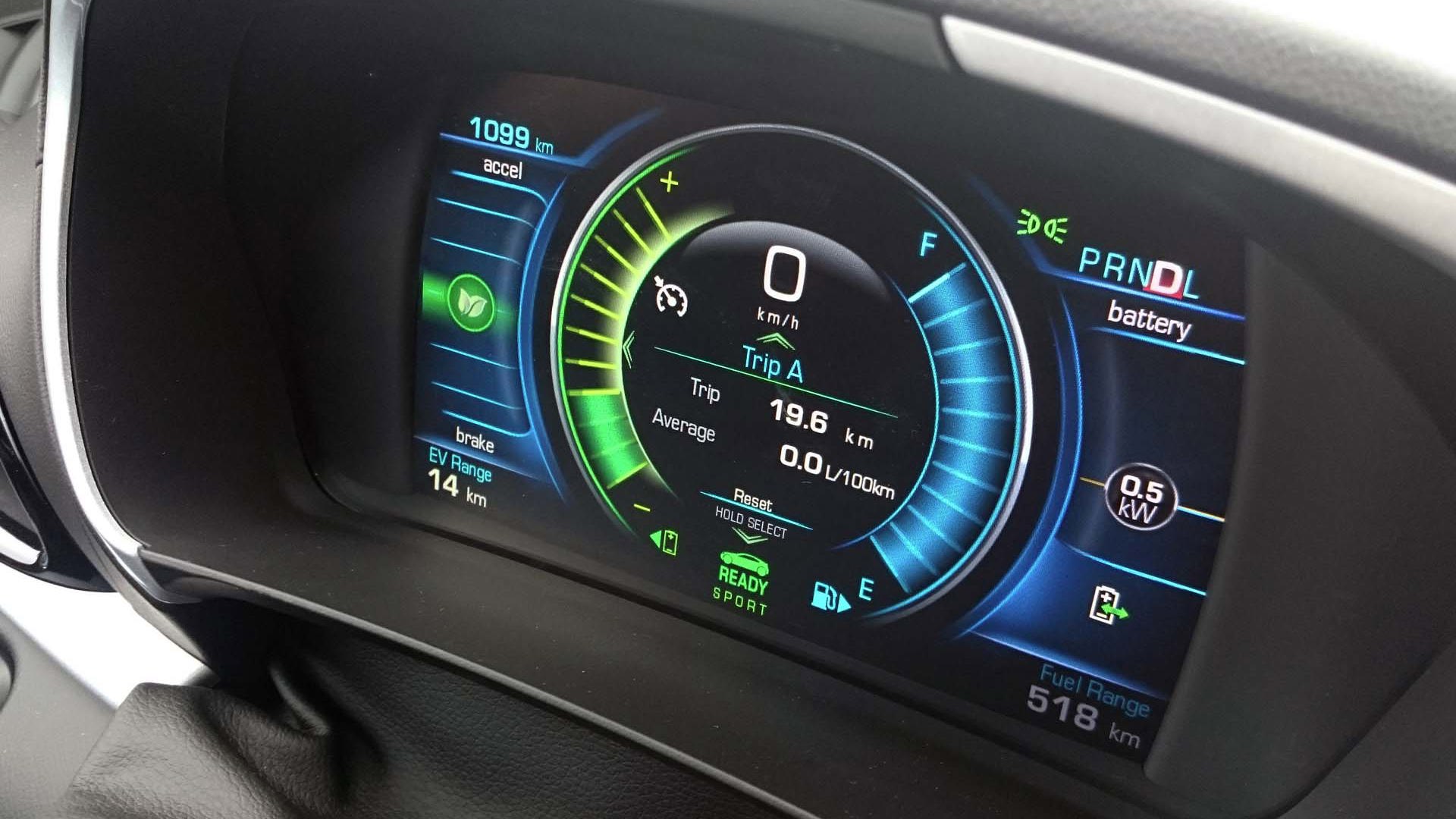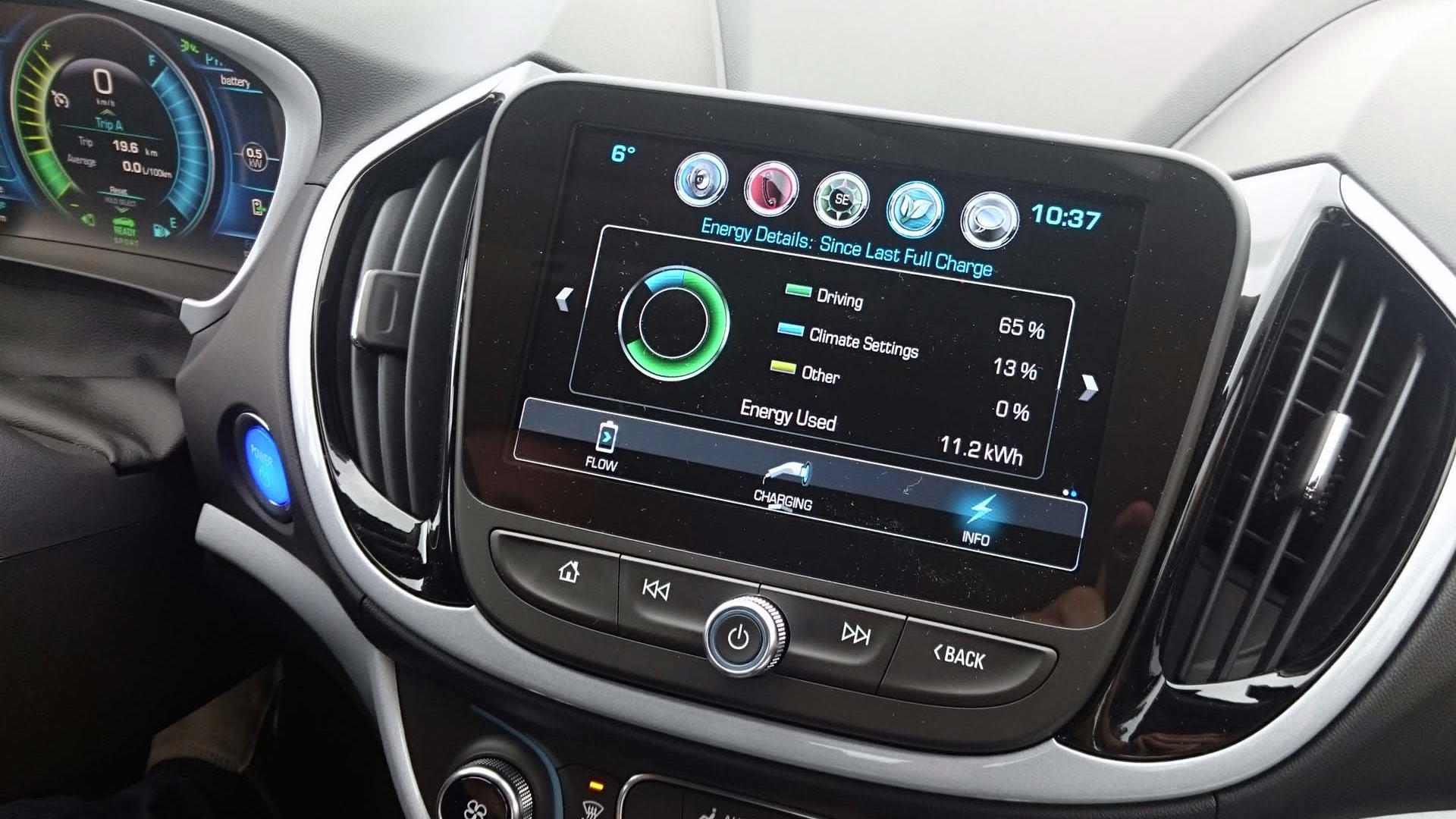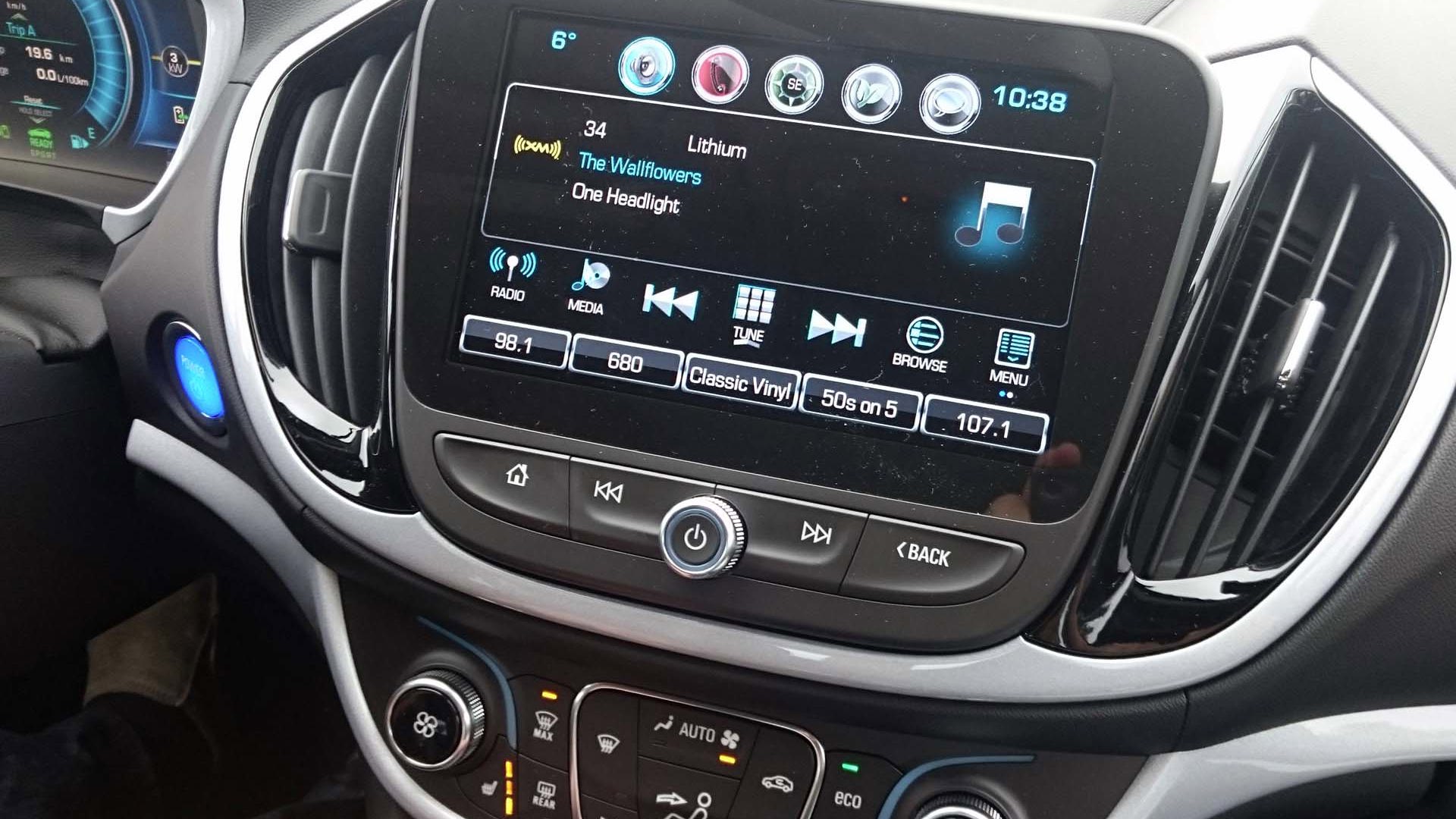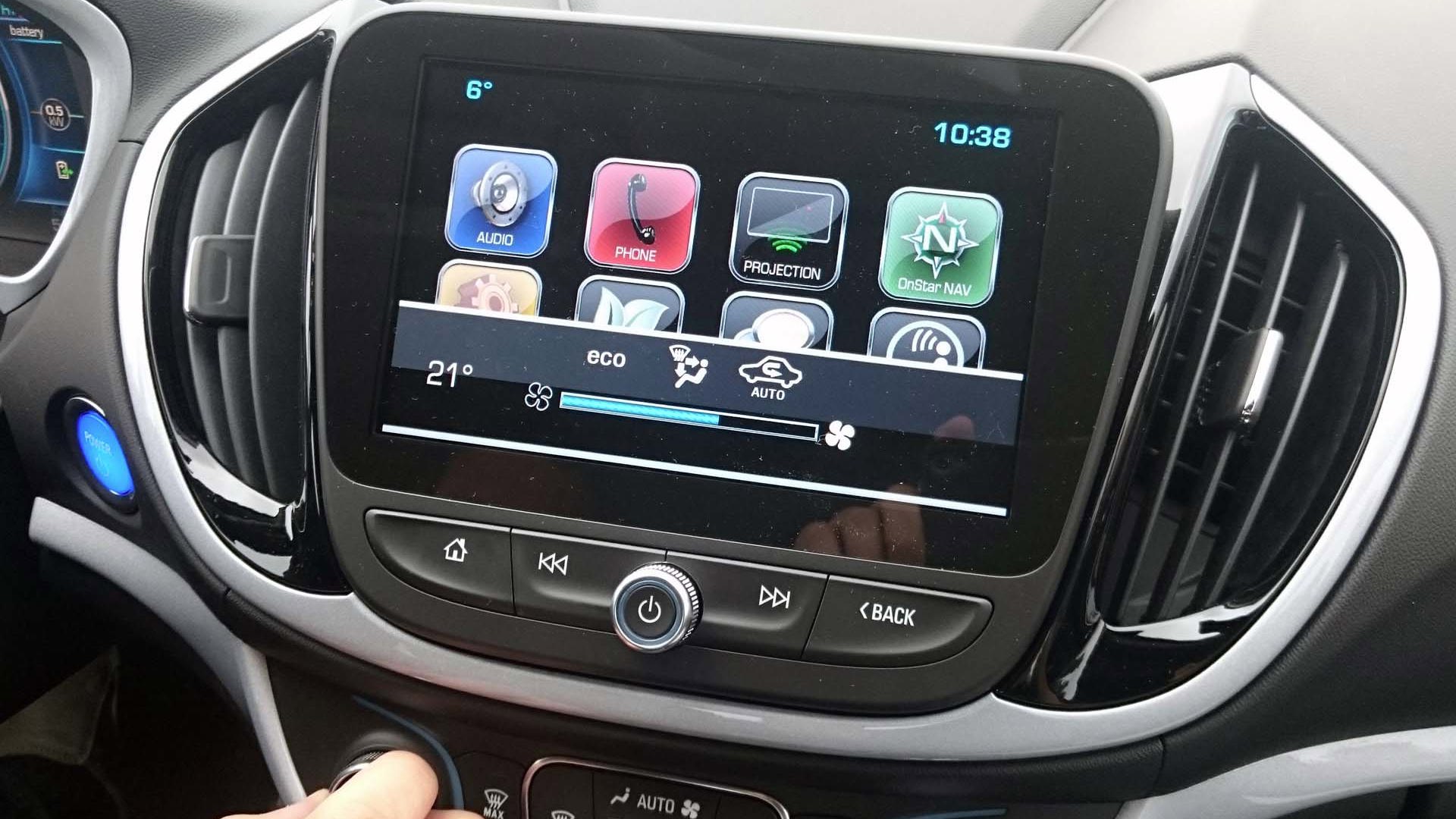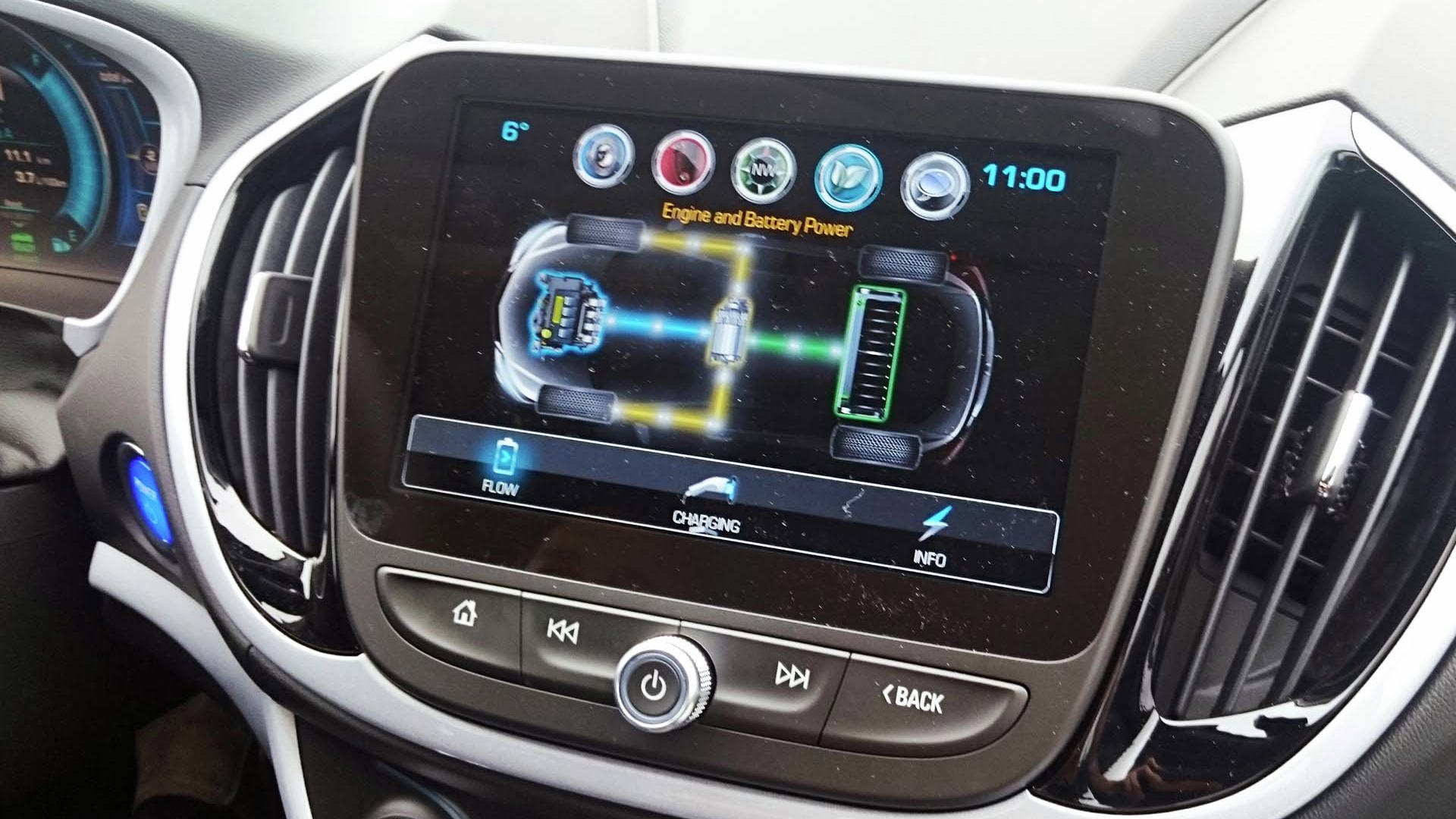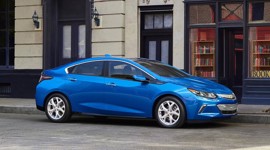The Chevrolet Volt is the General’s take on the hybrid vehicle – and it’s a pretty damned good one. Instead of using a mix of electric and fuel engines to power the wheels in most circumstances, Chevy dropped a stonking big electric motor in and decided to give it a sizeable lump of EV-only range, enough for most commutes. To ease range anxiety, they added a regular gas engine.
It’s a good system, and some first generation Volt owners report using as little as 0.5 L/100 km over the lifetime of their cars. One many on our launch event won a competition with a lifetime record of 0.28 L/100 km.
But the Volt had some problems. The styling was divisive, the interior not quite refined and the ergonomics of the interior functions didn’t really gel. Enter the 2016 edition with 98 percent new components, including a revised power unit and updated styling. Here are 10 ways the new Volt is better – and 1 thing owners still wish was different.
More Range
Why is this at the top of the list? Because range, yo! The old Volt would go 61 km on a full charge, more than enough for the average Canadian, whose typical commute which is around 38 km. We managed a full fuel-free week during our test of the 2014 Chevrolet Volt. This one? It’ll go 85 km under most circumstances on pure EV power. And unlike regular hybrids where the engine kicks in whenever the little electric motors feel tired or lonely, the Volt will run purely on electricity right up until it runs out. When it does, a range-extender engine kicks in to recharge the batteries – but also now powering the wheels too – until you plug in again.
Better Range Extender (AKA: Engine)
The range extender is a new 1.5L four cylinder with direct injection – up from 1.4L in the previous model. The 1.5L is quieter and smoother than the old engine and more efficient at 5.5/5.6/5.6 L/100 km city/highway/combined. GM says current Volt owners expressed frustration with having to use premium unleaded in the tank – the new engine runs on el cheapo regular.
More power
Despite the downgrade in octane requirements, the 1.5L has 16 hp more power at 101 but the drive unit’s total combined power output remains the same at 149 hp. Torque, however is increased to 294 lb-ft – and the 0-100 time has been cut to 8.4 seconds. The electric motors are both smaller than the original but work together in unison more often than before. The Volt feels sprightly and even downright fast in EV mode, but once power runs out the range extender is still a little underpowered, particularly when overtaking at highway speeds.
Less Weight
I could have put, “better handling – because less weight” but the “less weight” story deserves telling. The Volt has always driven pretty well and continues to do so. Steering is well-weighted and communicative and the Volt turns in sharply and holds its track well.
The centre of gravity has been reduced thanks to the car being 8 mm lower overall and by completely reconfiguring the drive module and electronics.
A whopping 45 kg has been wiped off the weight of the combined drive unit, and the old high-mounted bracket and high-voltage cable system has been erased entirely. The battery pack is another 9 kg lighter and overall the new Volt is 104 kg lighter.
This improves handling, but more importantly, efficiency.
Five Passengers
Thanks to the reconfiguring of the middle seat, instead of taking only three of your eco-conscious buddies in your car pool you can now take four. You’ll only be able to take the intern as the extra though, and not one you like either. The seat is small and flat, and the unlucky person in that seat will have to straddle the cup-holder contraption and battery tunnel – which is a challenge for even the most obnoxious of man-spreaders. Still, better to have the ability than make poor Billy from the mail room walk in the winter – your coffees will get cold!
Better styling
Okay, looks are subjective. But there is still no denying that the new Volt looks more like a car, and less like a set design error from Demolition Man. I quite liked the funky futuristic angles of the previous Volt, but this one is better executed and more neighbourhood friendly.
Better interior
The interior too has had a significant upgrade. The new Volt is more sophisticated inside not only in terms of material and design, but comfort too. There is more legroom and headroom and the cabin is far quieter than before. The 1.5L engine makes barely a peep and the transition between electric motor and engine is completely seamless. I was struck by how serene the interior of the Volt was.
The old console looked spacey and cool, but it also looked like a child’s whiteboard from a dollar store. This one gets a large and sexy tablet-style screen set at the top of a more conventional but also more elegant centre stack.
The infotainment system is new and improved and the automatic climate control buttons no longer interfere with the audio and tuning.
It even has Apple CarPlay and, in 2016, will have Android Auto capability too.
More Techy Cool Bits
Which brings us to this point… the new Volt will not only have smartphone mirroring capability but a wireless charging plate for phones that are compatible (like Nexus) or that have a wireless-charge capable cover. Those are the differences that might appeal most to Gen Y but there are other nifty upgrades too.
The information screens have been upgraded as well. My co-driver pulled out his OBD2 reader and phone app to monitor which systems were using most power (drive, climate control, other) he was pleasantly surprised to discover that the new Volt already includes that information in its suite of powertrain information screens.
The new screens provide more information while still appearing cleaner and easier to read than the previous set. It’s a slick design that impressed the current Volt owner I was driving with immensely.
Paddle Brake!
The Volt still has a hold mode and a mountain mode that allows you to retain electric power until you want to use it. This is useful if you have a long highway drive followed by a traffic-jam city drive. It means you can use the gas engine where it will be most efficient and save your electricity for when you get back to the gridlock. It also still has a high-regeneration transmission mode, but the 2016 Volt packs one funky trick that might one day replace the brake pedal – namely a paddle on the steering wheel which applies regenerative braking to the electric motor and slows the car down to as low as 3 km/h – at which time I had to step back on the brakes.
The paddle slows the car dramatically and in most instances will negate the need for you to use the brake pedal. Critically, the paddle does activate the brake lights. Handy in this land of tailgaters!
Less money
The base price of the new Volt is less than the model it replaces, starting now at $40,090 including freight and PDI. It also packs in more features, including heated steering wheel, OnStar 4G with wifi and LED headlamps.
The Premier trim starts at $44,190 including freight and PDI – but before government incentives. It adds leather seats, automatic park assist, Bose premium audio, wireless charging, auto-dimming rearview mirror and heated rear seats.
Available options on base LT trims include the $685 Bose Premium Audio and $1,185 for leather seating.
Premier trim options are the Driver Confidence 1 package at $575 that adds side blind-zone alert, lane change alert and rear cross traffic alert.
The Driver Confidence 2 pack adds forward collision alert, lane keep assist, front automatic braking, following distance indicator and Intellibeam headlamps for an additional $575.
Charging Is Still the Same
Volt owners will still get the same 120 V and 240 V charging options, good for a charge time of 13 hours or 4.5 hours from empty to full, respectively. Some owners have asked why the Volt is not compatible with 30-amp public chargers like the ones accepted by the Leaf or Tesla – this would cut charging time to as little as two hours.
They mentioned that this means a public $1/hr charging station takes twice as long to charge a Volt and that $4 for 85 km is almost the same as the price of gas. Faster charging times would halve that cost.
Chevrolet counters that only 10 percent of customers ever charge at public stations, with most charging at home or work via conventional outlets. The Department of Environment (USA) says 80 percent of Volt trips are completed on EV mode only. In short: the additional charging hardware just isn’t worth the expense. One Volt owner on our trip suggested GM make it a pricey option – a sly smile suggests that could be on the cards in the future.
The one upgrade Chevy has made to the new Volt is location-based charging settings, so you can set your Volt to wait until off-peak rates kick in overnight when charging at home but automatically charge from the second the plug is connected in other locations. This has the added benefit of charging right up until you leave in the morning, which means the battery is already warm from charging. This makes the battery more efficient and protects it over its lifetime.


